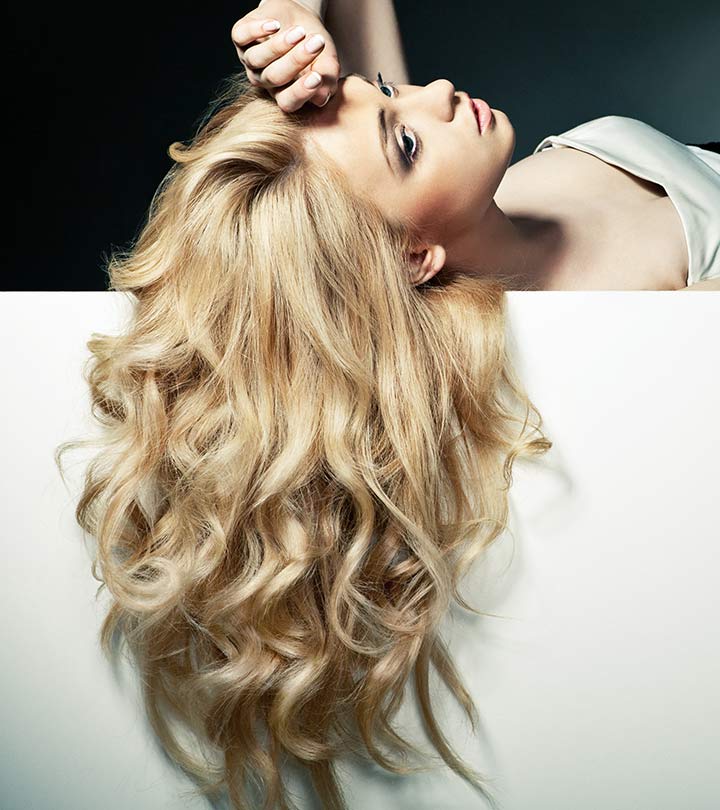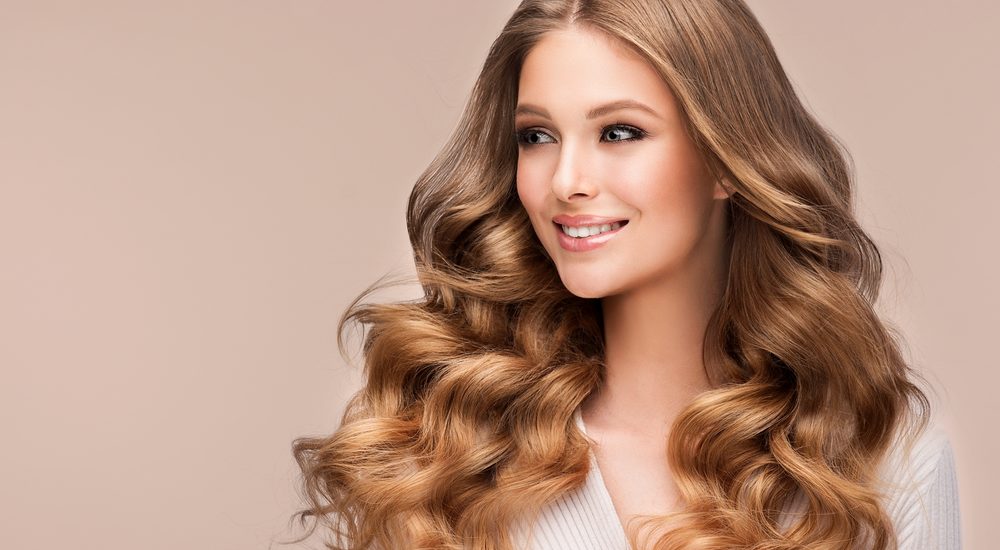How To Take Care Of Wavy Hair: Unleash Your Natural Bounce
Wavy hair, a textural treasure that falls somewhere between straight and curly, can be a source of frustration or fabulousness. The key to unlocking its potential lies in understanding its specific needs and establishing a personalized care routine. Here, we’ll delve into the world of wavy hair, offering tips and tricks to enhance your natural bounce and achieve your dreamiest waves.
Understanding Your Wavy Hair
Understanding your specific wave pattern is the foundation for unlocking your hair’s full potential. Here, we’ll delve deeper into the world of wavy hair textures and subcategories, helping you identify yours and personalize your care routine.
The Wavy Hair Spectrum:
Wavy hair falls under hair type 2 on the hair typing system. However, within this category exists a spectrum of textures, categorized as 2A, 2B, and 2C. Let’s explore these subcategories:
-
2A (Wavy-Fine): This hair type boasts fine strands with loose, barely-there waves. It can easily appear straight but with a slight bend near the ends. 2A hair is prone to oiliness at the roots and dryness at the ends.
-
2B (Wavy-Medium): This is the most common wavy hair type. It features well-defined S-shaped waves that start midway down the hair shaft. 2B hair can be prone to frizz in humid environments.
-
2C (Wavy-Coarse): This hair type has the most defined waves of the wavy spectrum, sometimes bordering on loose curls. The waves start closer to the roots and can be coarse or thick in texture. 2C hair tends to be drier and more prone to frizz than the other wavy subtypes.
Beyond the Basics:
Understanding your hair’s porosity is another key factor. Porosity refers to how easily your hair absorbs and retains moisture. High porosity hair absorbs moisture quickly but loses it just as fast, often leading to dryness and frizz. Low porosity hair has difficulty absorbing moisture, which can make it appear limp and lifeless.
Identifying Your Hair’s Porosity:
There are several ways to determine your hair’s porosity. Here’s a simple at-home test:
- Fill a glass with clean water and place a single strand of your hair in it.
- Observe the strand after a few minutes. If it floats, your hair has low porosity. If it sinks quickly, it’s high porosity. Hair that falls somewhere in the middle indicates medium porosity.
Wash Day Essentials for Wavy Hair: A Targeted Approach
Washing your wavy hair requires a delicate balance between cleansing the scalp and maintaining moisture in the strands. Here, we’ll explore essential products and techniques specifically tailored to address the unique needs of wavy hair on wash day.
Choosing the Right Shampoo:
-
Sulfate-Free is Key: Ditch harsh sulfates that strip away natural oils. Opt for gentle, sulfate-free shampoos formulated for wavy hair. These cleansers effectively remove dirt and build-up without compromising moisture.
-
Scalp Focus: Wavy hair tends to be oily at the roots and drier at the ends. Focus the shampoo application on your scalp, gently massaging to remove impurities. Let the suds run down the lengths to cleanse without excessive scrubbing.
-
Clarifying When Needed: Build-up from styling products or hard water can weigh down your waves. Include a clarifying shampoo in your routine once or twice a month to remove build-up and restore bounce. Choose a gentle clarifying formula designed for wavy hair to avoid stripping away essential moisture.
Conditioning for Maximum Hydration:
-
Hydration Hero: Conditioner is your wavy hair’s best friend. Look for rich, hydrating formulas that contain ingredients like shea butter, coconut oil, or aloe vera. These ingredients help lock in moisture and combat frizz.
-
Deep Conditioning Love: Once a week, pamper your waves with a deep conditioner. Deep conditioners penetrate deeper into the hair shaft, delivering intense hydration and nourishment. Apply a generous amount to soaking wet hair, cover with a shower cap for increased absorption, and rinse thoroughly.
-
Leave-in Love: Don’t underestimate the power of leave-in conditioners. Apply a lightweight leave-in conditioner to damp hair after cleansing and conditioning. This adds extra moisture, detangles, and defines your waves for a smoother, frizz-free finish.
The “Squish-to-Condish” Technique:
This popular method helps enhance wave definition and promote curl formation. Here’s how to do it:
- Apply a generous amount of conditioner to soaking wet hair.
- Squish the conditioner upwards into your hair, starting at the ends and working your way towards the roots. This encourages the hair to clump together, defining the wave pattern.
- Let the conditioner sit for a few minutes to allow for maximum absorption.
- Rinse with cool water to lock in moisture and enhance shine.
Detangling and Styling Techniques for Wavy Hair
Detangling is a crucial step for wavy hair, but harsh brushing can disrupt the wave pattern. Use a wide-tooth comb or your fingers to gently detangle hair while still wet and loaded with conditioner.
After cleansing and conditioning, avoid using a towel, which can rough up the hair cuticle and cause frizz. Instead, gently squeeze out excess water with a microfiber towel or cotton t-shirt.
Here’s where the magic happens: styling! For loose, beachy waves, scrunch hair upwards with a leave-in conditioner or lightweight styling cream. You can also try the “plopping” technique by wrapping your hair in a t-shirt for 15-20 minutes to encourage definition and reduce drying time.
Diffusing is a heat-styling option that won’t disrupt your waves. Attach a diffuser to your hairdryer and set it on low heat and low power. Gently hover the diffuser over your hair, scrunching upwards to encourage wave formation.
Embracing the Night Routine for Wavy Hair
Hair continues to regenerate and rest at night. Here’s how to optimize your nighttime routine for beautiful waves:
- Satin or silk pillowcases reduce friction, preventing frizz and tangles.
- Try a loose braid or pineapple (hair gathered high on the head) to maintain wave definition while you sleep.
- Refresh your waves in the morning by misting with water and scrunching with a leave-in conditioner.
Bonus Tips for Maintaining Healthy Wavy Hair
- Deep condition once a week to replenish moisture and prevent breakage.
- Avoid excessive heat styling. If you must use heat tools, apply a heat protectant spray beforehand.
- Limit haircuts to trims every 6-8 weeks to maintain healthy ends and prevent split ends.
- Embrace the power of dry shampoo to refresh your scalp between washes without weighing down your waves.
By following these tips and experimenting to find what works best for your unique wavy hair, you can unlock its full potential and flaunt gorgeous, defined waves with confidence. Remember, healthy hair is happy hair, so prioritize gentle care and embrace your natural texture!





